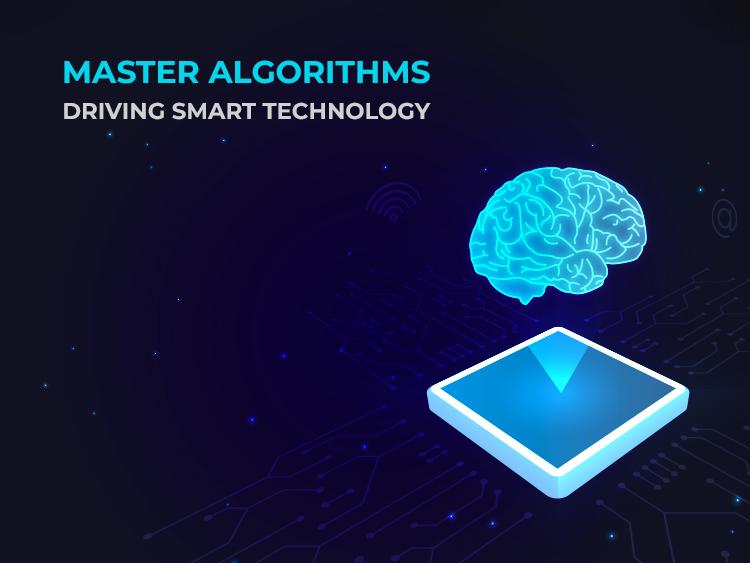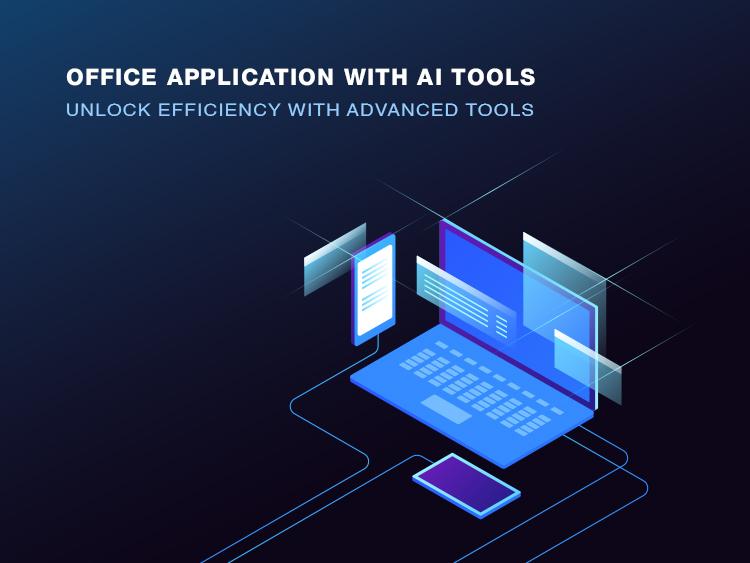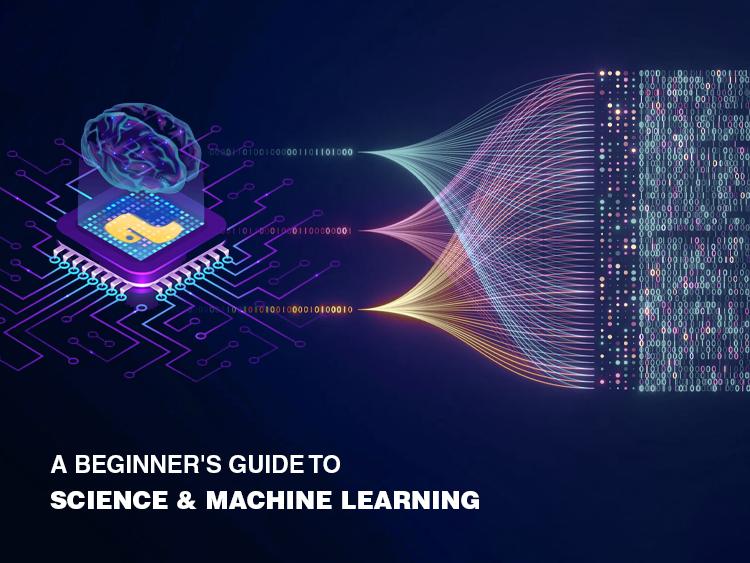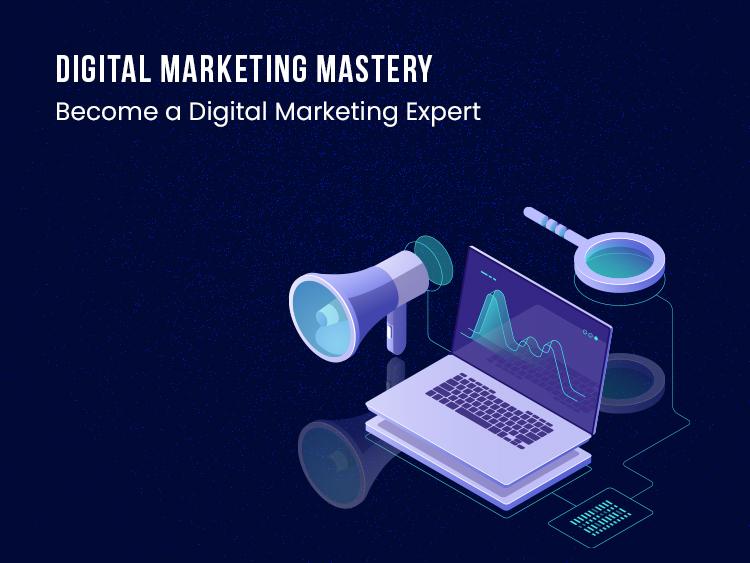
Machine Learning & AI
Artificial Intelligence (AI) refers to the simulation of human intelligence in machines that are designed to think, learn, and act like humans. AI systems can perform tasks that typically require human intelligence,
Duration
3 Month
Lectures
36
Projects
10

Course Overview
This course is designed to provide a comprehensive introduction to the concepts, algorithms, and applications of Machine Learning (ML) and Artificial Intelligence (AI). By the end of the course, participants will be able to:
Course Curriculum
- Overview of AI, ML, and Data Science
- History and evolution
- AI vs. ML vs. Deep Learning
- Types of ML: Supervised, Unsupervised, Reinforcement Learning
- Linear Algebra basics
- Matrices and vectors, dot products, matrix multiplication
- Eigenvalues and eigenvectors
- Basics of probability, distributions (Normal, Bernoulli, etc.)
- Mean, variance, covariance
- Conditional probability, Bayes’ theorem
- Python basics, libraries (NumPy, Pandas, Matplotlib)
- Introduction to Jupyter notebooks
- Data manipulation and visualization
- Handling missing data, categorical data encoding
- Feature scaling (Normalization, Standardization)
- Feature extraction, dimensionality reduction (PCA)
- What is supervised learning?
- Training vs. Testing
- Evaluation metrics (Accuracy, Precision, Recall, F1 Score)
- Simple Linear Regression: Theory & Implementation
- Cost function, Gradient Descent
- Regularization (L1, L2)
- Multiple variables, polynomial regression
- Overfitting and underfitting
- Ridge, Lasso Regression
- Classification problem
- Logistic function, maximum likelihood estimation
- Multiclass classification (One-vs-All, One-vs-One)
- Working of Decision Trees (CART Algorithm)
- Gini Index, Entropy
- Pruning techniques
- Bagging and Boosting
- Random Forests
- Gradient Boosting (XGBoost, AdaBoost)
- Hyperplanes, support vectors
- Linear and non-linear SVMs
- Kernel trick
- K-Means clustering, Hierarchical clustering
- Elbow method, silhouette score
- Applications of clustering
- Principal Component Analysis (PCA)
- Singular Value Decomposition (SVD)
- t-SNE, UMAP for visualization
- Types of anomalies
- Techniques: z-Score, Isolation Forest, One-Class SVM
- Use cases: Fraud detection, predictive maintenance
- Apriori algorithm, FP-Growth
- Market Basket Analysis
- Evaluation: Support, Confidence, Lift
- Expectation-Maximization algorithm
- Application in clustering
- Collaborative Filtering, Matrix Factorization
- Content-based recommendation
- Hybrid systems (Netflix example)
- Biological inspiration, perceptron model
- Activation functions (Sigmoid, ReLU, Tanh)
- Forward and backpropagation
- Multi-layered perceptrons
- Hyperparameter tuning: learning rate, epochs, batch size
- Vanishing gradient problem
- CNN architecture: filters, pooling, fully connected layers
- Applications in image classification (MNIST, CIFAR-10
- Sequence data processing, LSTM, GRU
- Applications in NLP and time-series forecasting
- Unsupervised learning with autoencoders
- Dimensionality reduction, anomaly detection
- Variational Autoencoders (VAEs)
- Architecture of GANs: Generator, Discriminator
- Loss functions in GANs
- Applications: Image generation, Deepfakes
- Transformer architecture
- Attention mechanisms
- BERT, GPT models
- Markov Decision Processes (MDP)
- Q-Learning, Deep Q-Networks (DQN)
- Applications: AlphaGo, Robotics
- Object detection, YOLO algorithm
- Image segmentation, semantic segmentation
- Applications in healthcare, autonomous vehicles
- Applications in medical imaging, diagnostics
- AI-driven drug discovery
- Ethical considerations
- Bias and fairness in algorithms
- Transparency and interpretability of AI
- Responsible AI, regulatory frameworks
- Problem statement, dataset selection
- Forming project teams
- Discussion of evaluation criteria
- Data cleaning and feature engineering
- Exploratory Data Analysis (EDA)
- Tools for managing large datasets
- Choosing the right model for the problem
- Training and tuning models
- Evaluation metrics based on project goals
- Model deployment in real-world environments
- Using cloud platforms (AWS, Google Cloud, Azure)
- Creating APIs for model consumption
- Presenting results to peers and evaluators
- Analyzing strengths and weaknesses
- Feedback from the class
- Advances in AI (Quantum Computing, Neuromorphic Computing)
- AI in Industry 4.0 (IoT, Automation)
- Career paths and opportunities in AI & ML
Course Schedule
| Venue | Starting Date | Duration | Fees |
|---|---|---|---|
| Mohammadpur | 2024-11-01 | 6 Month | 40000 Tk |
Admission Is Going On
Enroll now to any of our Offline (On- Campus) or Online (Live Class) courses as per your suitable time.
Call This Number: 01958025050











